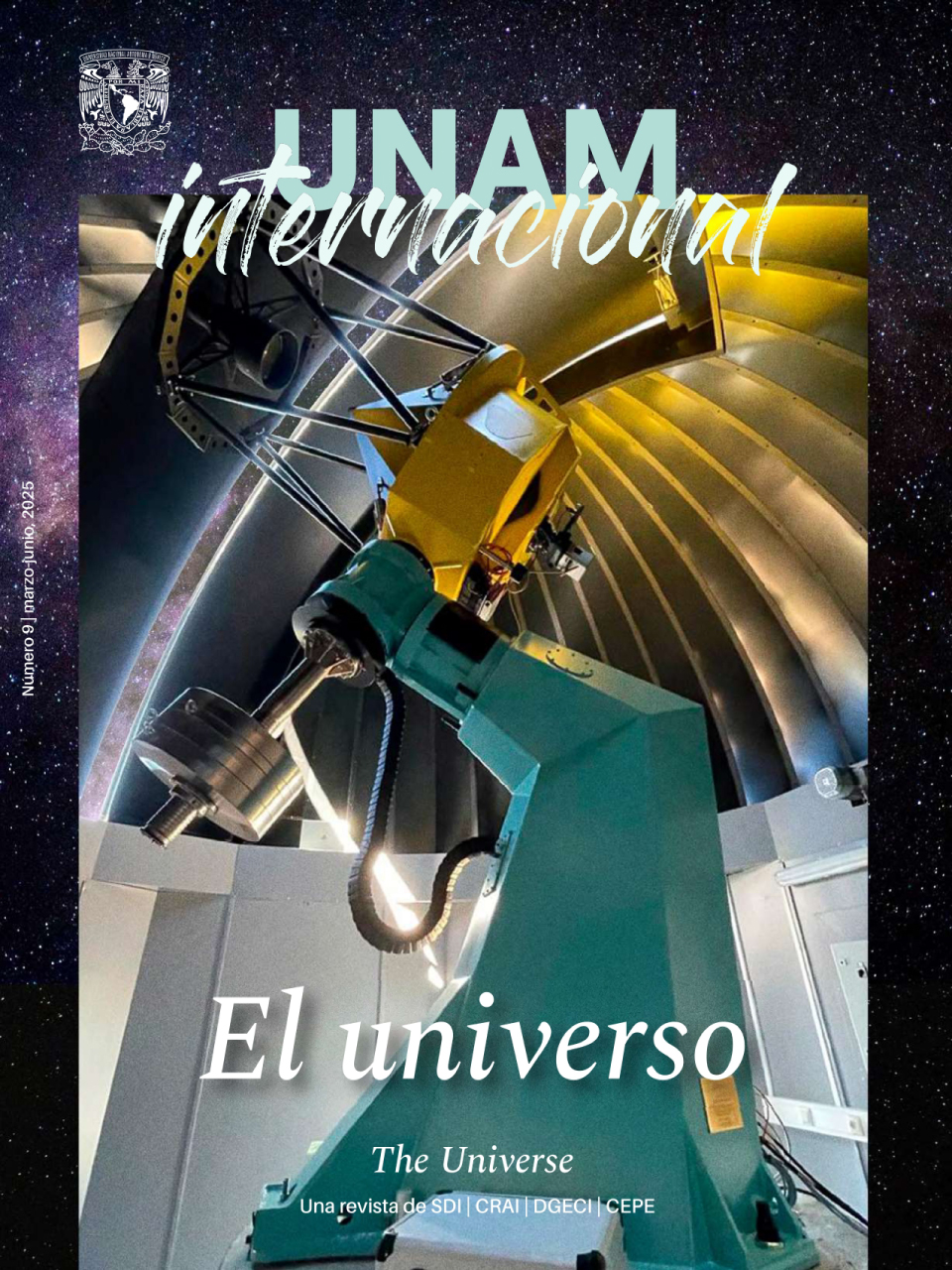31-03-2025
Event Horizon. The Biggest Telescope in the World
It was 1974 when astronomers Bruce Balick and Robert L. Brown reported the detection of very intense radio emission coming from the center of our galaxy in the direction of the Sagittarius constellation. Its morphology and brightness led its discoverers to suggest a similarity of that radio source—later named Sagittarius A*—to the energetic cores of distant galaxies where the fall of matter into a supermassive black hole produces intense electromagnetic radiation and particle jets.Although a black hole is dark and invisible to our telescopes because it emits no light, we can see its “shadow” when an external source casts its light on it. The earliest work on the appearance of a black hole brightened by a light source (e.g., with a great flashlight illuminating it from behind) was done between 1921 and 1979, when Max von Laue, James Bardeen, and Jean-Pierre Luminet researched the interaction of light with a black hole’s gravitational field.
According to Albert Einstein’s theory of general relativity, gravity can distort the trajectory of light. Depending on the proximity of impact to the center of the black hole, a light ray can be slightly deflected from its initial trajectory. It can be bent and trapped in a circular orbit, or it can be absorbed by the black hole. The impact radius within which the black hole captures a light ray can be calculated precisely; for a non-rotating black hole, it is approximately equal to 2.6 times the radius of the event horizon.
From 1999 on, several scientists independently performed theoretical simulations to research the appearance of a black hole at the center of an active galaxy. In this scenario, light comes from a disc of gas heated up by the fall of matter into a supermassive black hole. The simulations incorporated physical processes such as the magnetic field and the particle heating of gas to determine the evolution of the disc. Remarkably, the image predicted by all these theoretical studies showed a bright ring formed by light rays that pass near the black hole but manage to escape and, inside the ring, a black “shadow” larger than the black hole, formed by light rays that cannot escape its extreme gravity.
For many years, this finding remained a theoretical prediction until enthusiastic astronomers established the Event Horizon Telescope (EHT) collaboration with the primary goal of building an instrument to detect the shadow of a black hole. The EHT uses a technique known as long-baseline interferometry, which consists is a network of radio telescopes located at different geographic sites up to thousands of kilometers apart. Operating synchronously, thus forming a virtual telescope as large as the distance between the farthest points in the network, the radio telescopes capture radiation from the center of distant galaxies. This way, the EHT is able to capture the radiation produced in the vicinity of the event horizon, which, in terms of resolving power, is equivalent to distinguishing a donut on the surface of the Moon from Earth. Sagittarius A* and the nucleus of Messier 87 galaxy (M87) have been the two main objects of study for the EHT because their size on the celestial sphere is larger than the telescope’s precision to distinguish fine details.
Mexico is part of the EHT through the Large Millimeter Telescope (LMT)in Sierra Negra, Puebla [see p. XX in this issue]. With a reflecting surface of 50 meters in diameter, this telescope is the largest in the world and is strategically located within the array. It first performed long-baseline interferometry observations in 2013. It participated in observations that produced images of M87 and Sagittarius A* in 2017, in which a clear, bright ring and a shadow in the center are visible, conforming to theoretical predictions. The LMT has also participated in the 2018, 2022, 2023, and 2024 observations to explore the temporal evolution of M87 and Sagittarius A*. Moreover, other galaxy nuclei have been observed to study the formation of relativistic jets, and to determine the geometry of magnetic fields close to supermassive black holes. Mexican astronomers participating in this collaboration had contributed significantly to the execution of LMT observations, as well as to the data analysis and numerical simulations.
Gisela N. Ortiz León is a Mexican astrophysicist. She obtained a degree in physics and a PhD in astrophysics at UNAM. She is a postdoctoral researcher at the Max Planck Institute for Radio Astronomy (Germany). She collaborated in obtaining the first image in the shadow of a black hole’s event horizon. She received the Breakthrough Prize in Fundamental Physics as a part of the EHT team. She is currently a researcher at the National Institute of Astrophysics, Optics and Electronics (INAOE).
